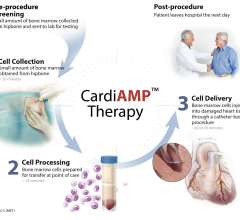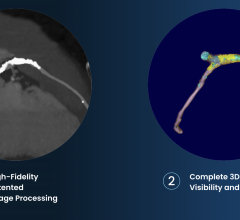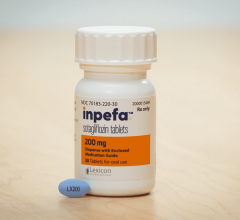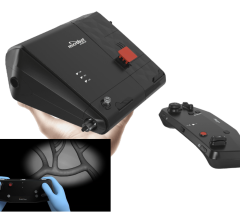August 13, 2013 — The William Stamps Farish Fund in Houston has donated $400,000 to a collaboration between the Institute for Computational Engineering and Sciences (ICES) at The University of Texas at Austin and the Texas Heart Institute (THI) to study life-threatening vulnerable plaques, the cause of at least two-thirds of all heart attacks, and new ways to prevent them.
The gift will underwrite two, three-year research positions for a Ph.D. student and a postdoctoral scientist assigned to the ongoing collaboration.
“We are very grateful for this important gift from the Farish Fund. It comes at a time when interest in computational medicine and particularly in modeling functions of the cardiovascular system are at an all-time high,” said J. Tinsley Oden, director of ICES and professor of mathematics, and aerospace engineering and engineering mechanics. “And we are excited for this gift’s part in building a strong collaboration between ICES and a leading national heart center, the Texas Heart Institute.”
“Being able to detect vulnerable atherosclerotic plaques noninvasively and intervene before they rupture and cause heart attacks or strokes is important to everyone, and this support will help us in our quest to achieve that goal,” said James T. Willerson, THI president and medical director.
Vulnerable plaques are fatty lipid pool deposits in the inner layer of the arterial wall.
Unfortunately, standard medical imaging tests such as magnetic resonance imaging (MRI), computed tomography (CT)-scans, external ultrasound and coronary angiography often fail to detect them. ICES Professor Thomas J.R. Hughes and ICES and THI Researcher Shaolie Hossain, created a 3-D model of a heart drug delivery system that demonstrates how new patient-specific imagery can be used to precisely deliver supplemental drugs within each patient’s anatomy and physiology.
“Everybody hears about heart disease and heart attacks, yet vulnerable plaques are often the source — they are very insidious,” said Hughes, a professor of aerospace engineering and engineering mechanics.
New imaging technologies have yielded promising results. For example, virtual histology intravascular ultrasound (VH-IVUS) generates images of an artery cross section from an ultrasound catheter tracked through the vasculature. It can distinguish between low-risk artery wall thickening and a high-risk lesion. Once identified, current drugs such as statins prevent about 30 percent of vulnerable plaque heart attacks or strokes.
“Both detection and treatment of vulnerable plaque represent huge unmet clinical needs,” said Hughes. “If vulnerable plaque blocks flow to an area of the heart, it’s a heart attack; if it blocks a part of the brain, it’s a stroke.”
New studies propose supplementing statins with drugs delivered directly to diseased arteries to rapidly stabilize vulnerable plaques and prevent rupture.
“Using this newly available information from a patient’s VH-IVUS, we can generate models showing the specific geometry of a patient’s arterial wall, as well as the fine junctures among arteries,” said Hossain. “The methodology will allow a physician to identify the location of the vulnerable plaque and inject a customized amount of the drug at a specific site tailored to the patient’s artery structure and blood flow features for the best outcome.”
“To model these very complicated systems takes millions of equations over millions of time steps to do simulations, so the computational burden is enormous,” Hughes said.
The treatment represents a continuation of decades of work by Hughes and his students to develop effective patient-specific heart disease interventions. In vivo validation of the model is the next step.
“This will take us closer to the clinical work to help develop new, noninvasive procedures for new drugs,” Hossain said.


 November 18, 2024
November 18, 2024 







